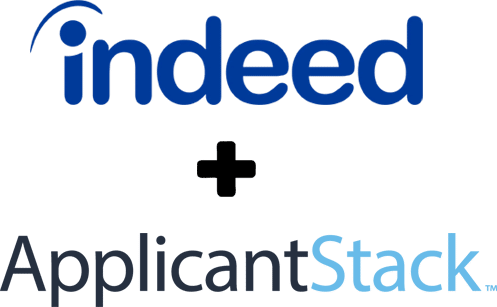Talent acquisition has always played a key role in finding and bringing on new hires. But the work they do isn’t as beneficial if the new employees don’t end up sticking around, which is where the importance of talent management comes into play.
What is Talent Management?
First things first: Talent management refers to the development efforts involved in maintaining a workforce. The goals of talent management initiatives include supporting employees, improving productivity, and building a more cohesive team. With the right strategy, managing talent can keep a business competitive while enhancing employee retention.
By investing in the employees of an organization, the business can provide development opportunities. When team members feel more valued, they’re likely to stick around, which boosts retention rates. But talent management is more than just developing and supporting employees. It starts with finding the right person to hire, which is why it’s so critical for talent acquisition and management teams to work together closely throughout the recruitment process.
Building the right talent strategy involves assessing business goals and aligning them with hiring and retention, as well as delivering on promises made when bringing on new hires. Data plays a key role in the decisions made around the workforce, so having access to information that provides detailed insights is a must for all businesses.
Talent management includes:
- Planning for hiring needs and the skillsets that can aid in achieving company goals
- Recruiting top talent
- Bringing on new hires in a structured and supportive way
- Training and developing employees
- Managing the performance of each employee with regular check-ins
- Performing regular assessments of compensation and benefits packages
- Planning for the future of employees, including advancement
Investing in Talent Management
When your company invests in managing talent, it becomes easier to minimize disruptions in the workforce. If an employee departs unexpectedly, this can cause a gap in coverage, which may impact productivity and morale. But a supportive culture with opportunities for development and enhancement tends to produce employees who thrive. Employee retention is also an essential aspect of keeping business costs under control.
Whether your company is considering adding new positions in 2023 or seeking to fill vacant roles, investing in talent management is a must. Encouraging those involved in the talent acquisition process to work closely with your talent management team can make a big difference in the success of the business, from finding the right hires to nurturing and developing employees.
How to Improve Talent Acquisition in 2023
An accessible talent platform is a necessity in any business, regardless of size or industry. Cloud-based platforms ensure that all team members have access from any physical location. If you’re looking to change the way your company finds, brings on, and supports new hires, WorkforceHub could be the cost-effective solution you need. It’s available with a robust talent management platform that aids in recruitment, while the HR side of the platform offers tools that boost engagement and support performance management initiatives. The result? Happier, more engaged employees. Learn more or request a free trial today.
Here are the other posts in the 2023 Talent Acquisition Trends series:
- Part One: More Internal Movement
- Part Two: Expansion of Contract Work
- Part Three: The Rise of Company Culture
- Part Four: Integrating (Not Just Balancing) the Professional and Personal Life
- Part Five: The Return of Former Employees
- Should Your Job Listings Include Salary Information? - April 19, 2024
- ApplicantStack Achieves Gold Partnership Status with Indeed - April 16, 2024
- 4 Strategies to Integrate New Hires into Your Company - April 12, 2024










